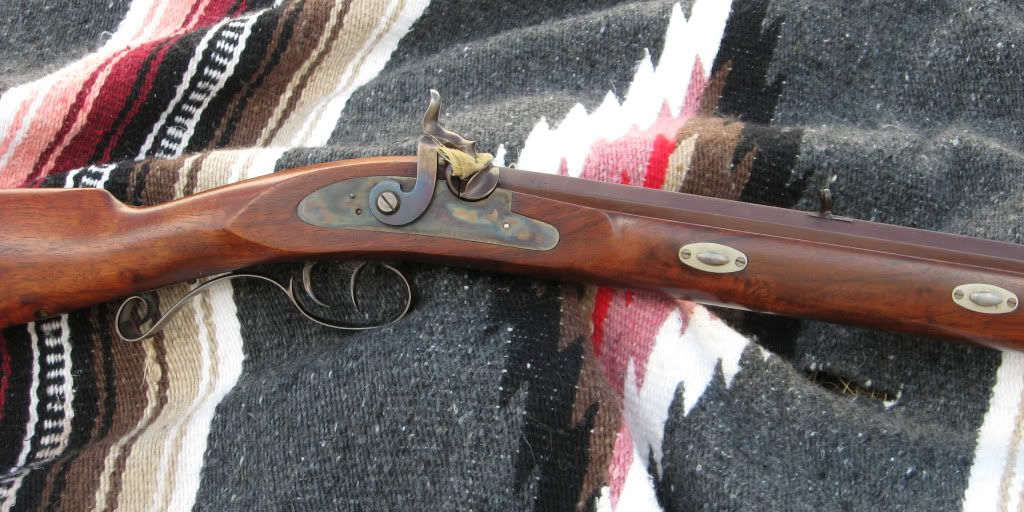tahunua001
New member
hello all.
I've been haunting the handgun, rifle, and hunting forums here for a while now and have just recently been thinking about getting a muzzle loader for a bit of fun plinking around the house. my dad had a pair of hawken muzzle loaders that he put together long ago and hung above the mantle but to tell the truth I don't know what kind of firing condition they would be in after 20 years of sitting around without any maintenance. I was thinking about trying to fix one of them up but my older brother has been saying that he wants to get them working so he can start hunting with them so I think I'll let him get some good use out of them(if it's even possible at this point).
I see a number of places selling the traditions hawkens do it yourself kits for around $300 and just had a few questions.
1. is assembly pretty straight forward or is there a lot of sanding and fitting you have to do to get the stock to fit the receiver?
2. are you supposed to stain, lacquer, or oil the stocks?
3. what would be the longest practical range for these?
4. with most centerfire long arms firing soft lead is frowned upon because it fouls the barrel, can I expect to have to de-foul after shooting a number of mini balls or round balls? are there tips and tricks to avoid this(besides shooting factory jacket rounds)
I am looking at this particular setup because I like the idea of building a gun from scratch and being able to take it out and show it off at all the family get-together/shoot-em-ups. also if I ever decide that I do want to hunt with it, my states muzzle stuffer season rules are VERY strict so I am restricted to very traditional setups(no electronic ignitions, breach loaders etc...).
I've been haunting the handgun, rifle, and hunting forums here for a while now and have just recently been thinking about getting a muzzle loader for a bit of fun plinking around the house. my dad had a pair of hawken muzzle loaders that he put together long ago and hung above the mantle but to tell the truth I don't know what kind of firing condition they would be in after 20 years of sitting around without any maintenance. I was thinking about trying to fix one of them up but my older brother has been saying that he wants to get them working so he can start hunting with them so I think I'll let him get some good use out of them(if it's even possible at this point).
I see a number of places selling the traditions hawkens do it yourself kits for around $300 and just had a few questions.
1. is assembly pretty straight forward or is there a lot of sanding and fitting you have to do to get the stock to fit the receiver?
2. are you supposed to stain, lacquer, or oil the stocks?
3. what would be the longest practical range for these?
4. with most centerfire long arms firing soft lead is frowned upon because it fouls the barrel, can I expect to have to de-foul after shooting a number of mini balls or round balls? are there tips and tricks to avoid this(besides shooting factory jacket rounds)
I am looking at this particular setup because I like the idea of building a gun from scratch and being able to take it out and show it off at all the family get-together/shoot-em-ups. also if I ever decide that I do want to hunt with it, my states muzzle stuffer season rules are VERY strict so I am restricted to very traditional setups(no electronic ignitions, breach loaders etc...).
Last edited:


